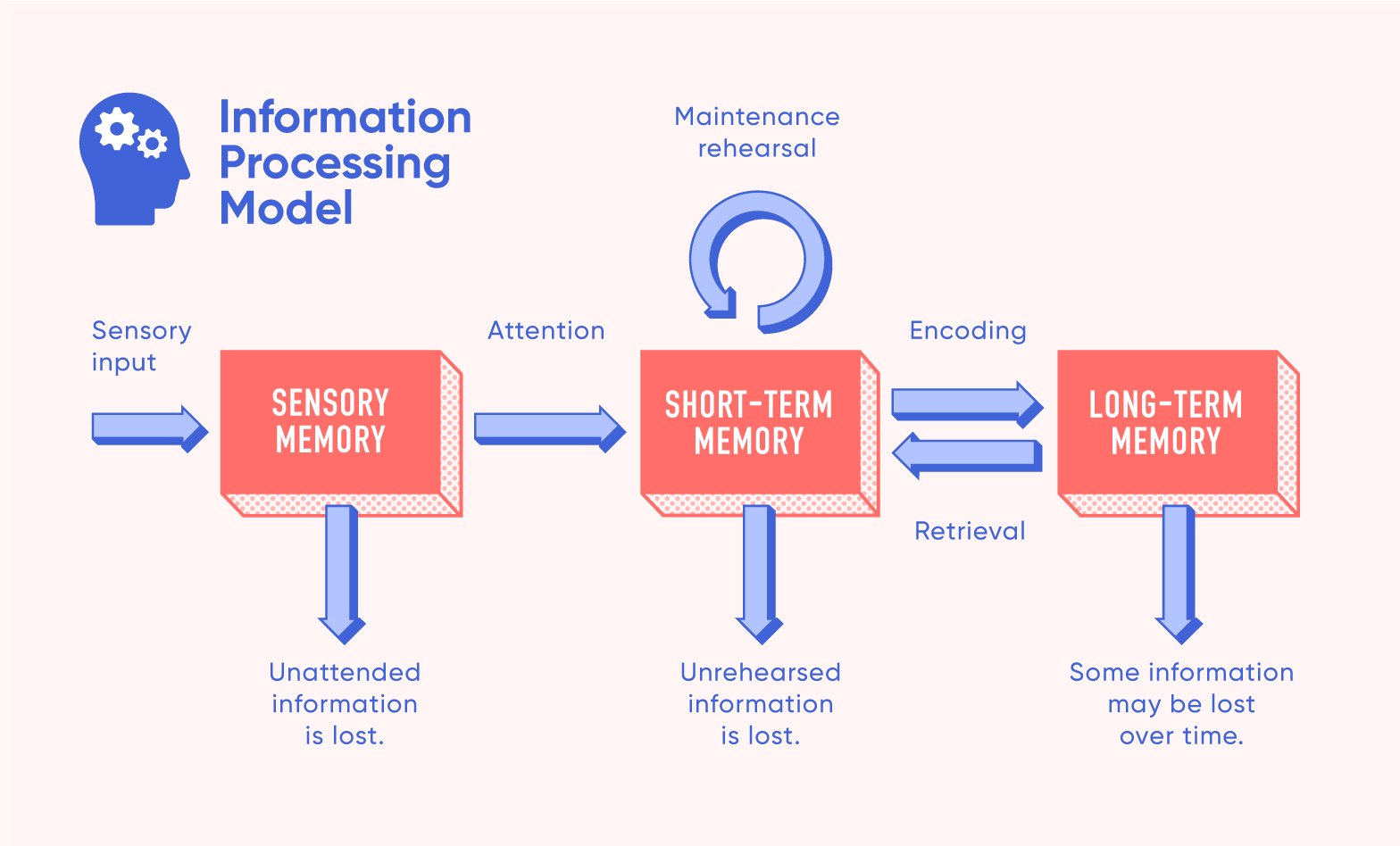It’s 2 o’clock in the morning and you’re sad. You feel as if the world is collapsing around you and your brain is acting strange. One thing leads to another and you soon end up recalling sad events from your past like the time your high school girlfriend left you. (She’s not coming back). Why does this happen? Well, this is called mood-congruent memory. It can loosely be defined as “A given mood tends to cue memories that are consistent with that mood”. This can feel scary at times. Are you upset that you failed a test? Well, prepare to be even more upset when your brain reminds you of how you didn’t perform well on the last 2. We’re all victims of this concept however it doesn’t always have to be sad. The other night I was hanging out with some friends. We had some laughs, maybe a few beers, and all around it was a great time. My brain started recalling times from my past where I also felt happy. I thought of joyful memories of my dog (Rip Buddy), times where I was watching sports with my dad, and it was just all good. Hey, here’s another cool thing I can add. Remember how I mentioned I may have had a couple of beers that night? Well, let’s talk about state-dependent memory. When I was in that intoxicated state my brain threw memories at me that I couldn’t even remember when sober. I shared stories with my friends about very specific events over the years that happened when we were under the influence. I could only recall these events because, to simply put it, we are better at remembering things when we are in that mental state.

Take a look at that graph. Strange, right? If you study for a test drunk you are better off taking it drunk than sober.
To sort of conclude all of this I would like to take a look at mood-dependent memory. This one can be a bit confusing. This is just like state-dependent memory except strictly talking about emotions and mood. We are just better at remembering things when we are in the same mood. If you’re sad studying for that big exam, you better be sad when taking it. Maybe listen to sad music or something. Set the mood.


